
Assignment 03 Video and audio editing
Reihaneh Azizafshari
s5413308

Audio Development
Voice Selection and Sound Refinement
I imported Marcus Aurelius’ audiobook from LibriVox to establish a reflective tone. Using CapCut, I applied a loud speaker voice-changer effect and balanced the loudness to create a deeper, more meditative quality. This helped align the philosophical narration with the emotional rhythm of the video. lastly I cut the audio to different lengths and this helped align the philosophical narration with the emotional rhythm of the video.


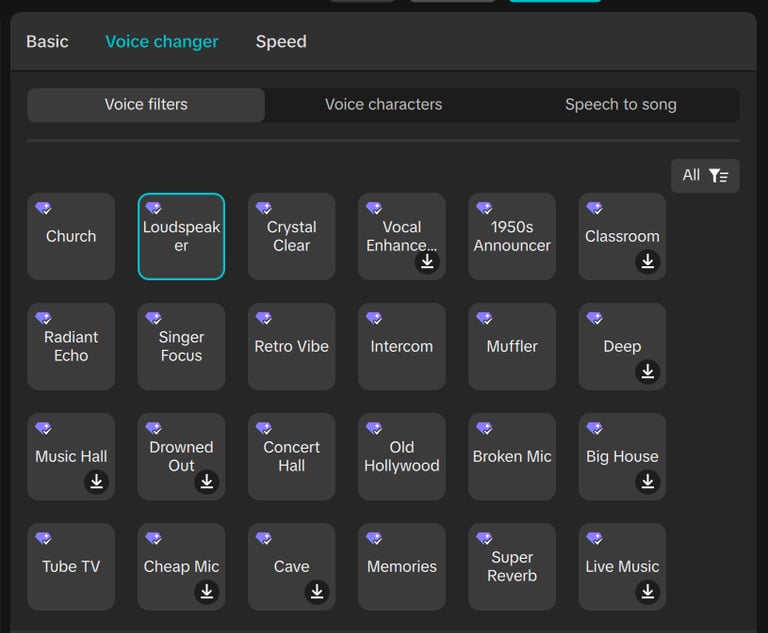

Layering Sound Effects and Music
I sourced ambient and cinematic music from Pixabay and CapCut’s presets, layering them beneath the main narration. Each track was faded in and out and synchronised to match the emotional shifts in the visuals. Additional Foley-style sound effects were added to enhance atmosphere and depth. Also added markers so that synchronising it would be easier.

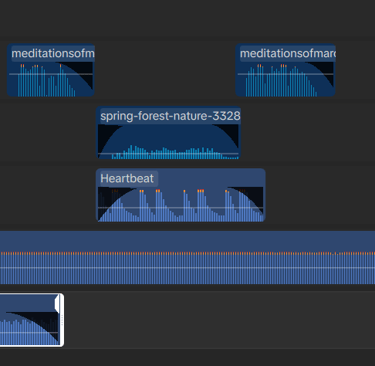



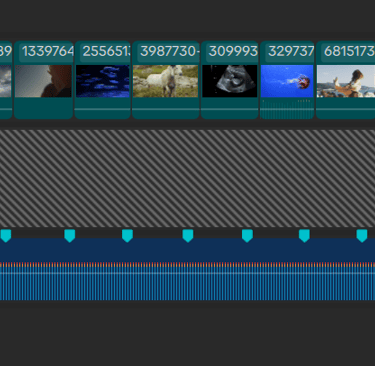
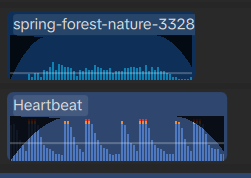


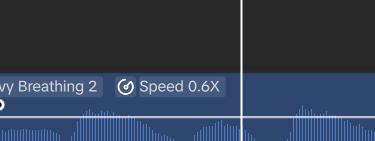
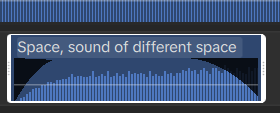



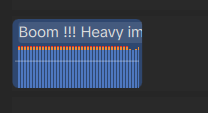


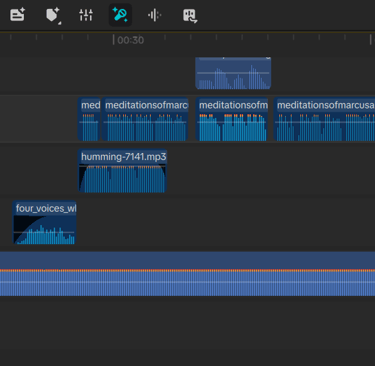
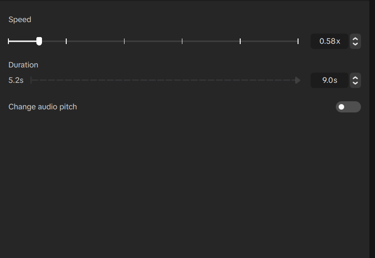

Video Editing and Visual Composition
Clip Arrangement and Opacity Blending
I selected clips from Unsplash that visually represented introspection and growth. By overlapping multiple clips and animating opacity keyframes, I created smooth, symbolic transitions. This layering technique allowed the footage to feel dreamlike and continuous.
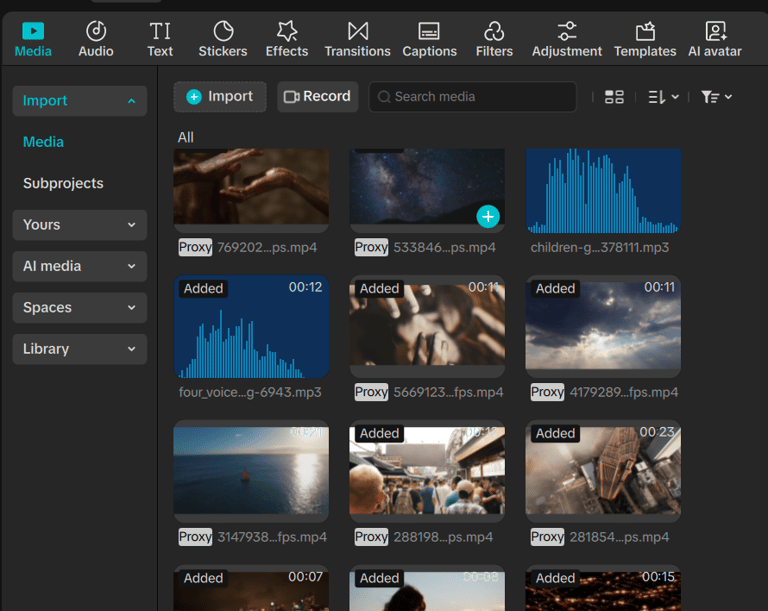

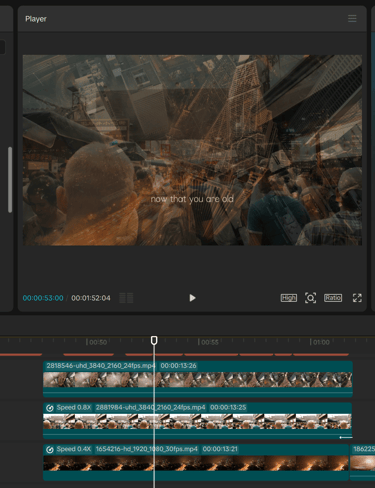

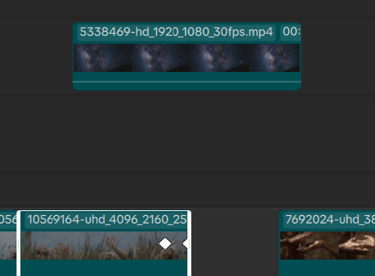

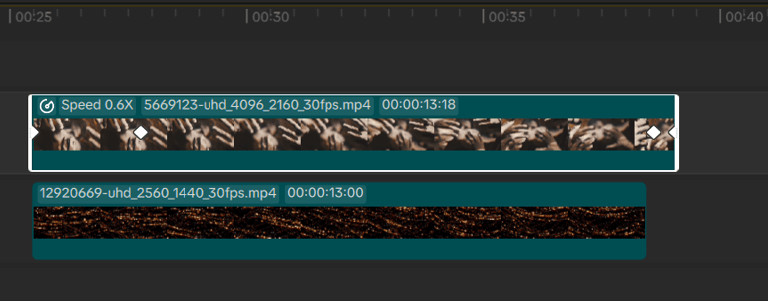

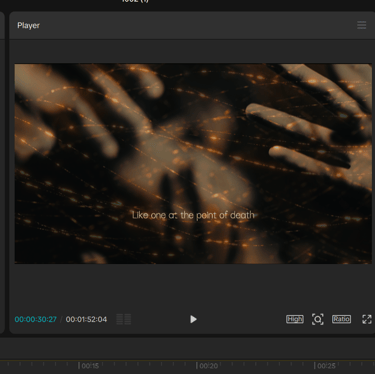



Keyframing and Motion Effects and Final Adjustments
I adjusted clip speed, scale, and opacity keyframes to create gentle camera-like movements that supported the rhythm of the audio. I experimented with motion blur and smooth slow-motion transitions to make the flow between clips feel more natural and emotionally engaging.
I finalised the sequence in CapCut by applying a soft film filter across all clips to create a cohesive tone and colour balance. I adjusted brightness, contrast, and saturation to unify the overall aesthetic and reinforce the reflective message. Finally, I added on-screen text inspired by Marcus Aurelius’ Meditations, carefully syncing each phrase to the corresponding part of the audio. I experimented with font style and colour to match the mood of the narration, ensuring the text supported rather than distracted from the emotional flow of the visuals.
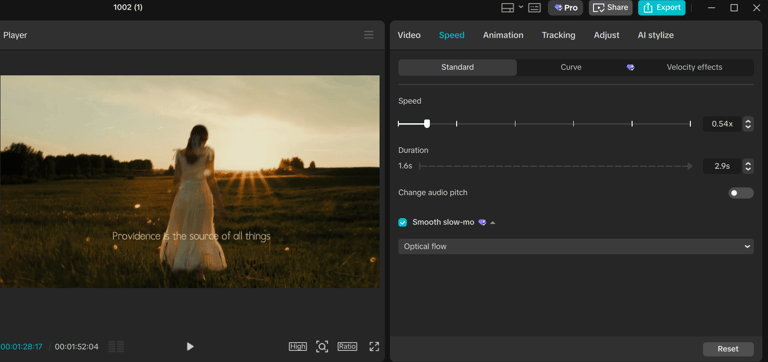

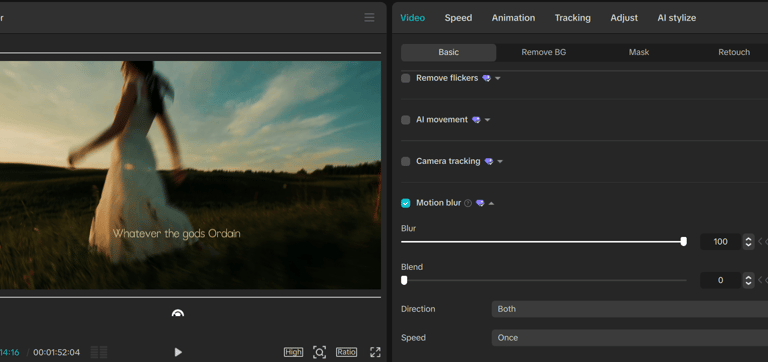

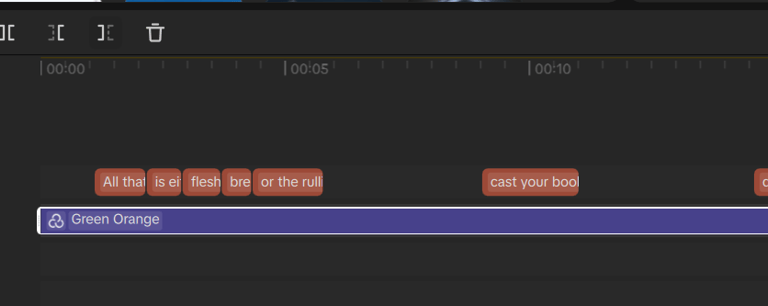

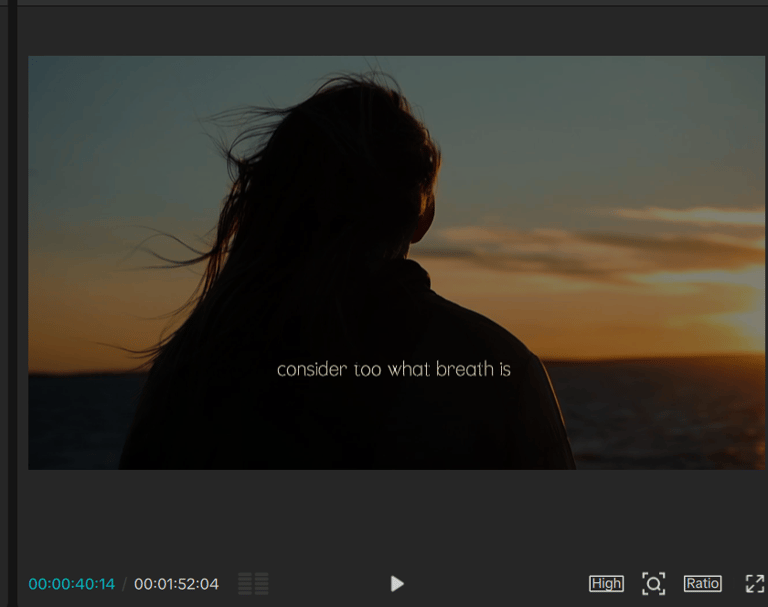


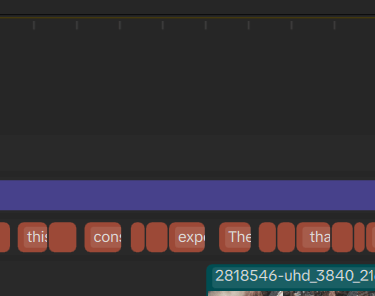
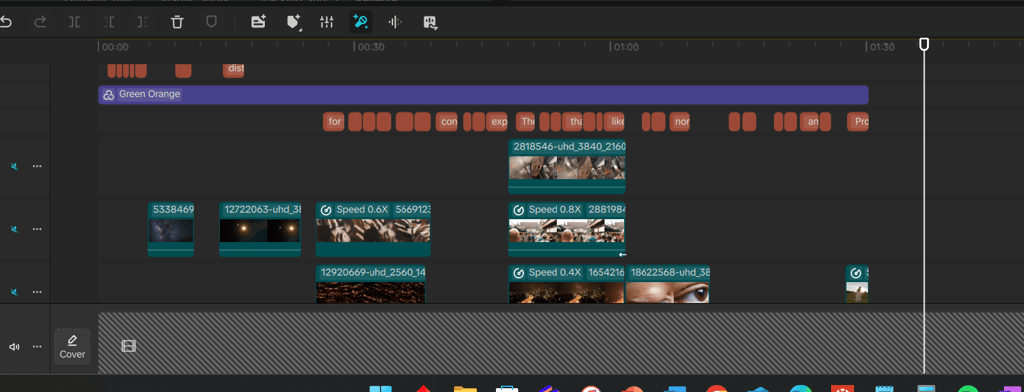

Reference List
LibriVox. (n.d.). The Meditations of the Emperor Marcus Aurelius Antoninus [Audiobook]. LibriVox. https://librivox.org/the-meditations-of-the-emperor-marcus-aurelius-antoninus-by-marcus-aurelius/
Unsplash. (n.d.). Free high-resolution images. Unsplash. https://unsplash.com/
Pixabay. (n.d.). Free music and sound effects. Pixabay. https://pixabay.com/music/
CapCut. (n.d.). Video editing software. CapCut. https://www.capcut.com/
Research and Inspiration


My creative direction was inspired by “Burden of Dreams | RED V-Raptor 8K” (Elliot Grafton, 2025) and “ANOMALY – Cinematic Ski Commercial | Sony FX3 Japan [4K]” (Reilín Joey, 2025). Both short films combine cinematic visuals with impactful sound design and pacing to convey emotion without dialogue. In the comment sections, viewers often mentioned how the tone and editing felt immersive and emotionally charged. This inspired me to explore the relationship between stillness, rhythm, and layered sound in my own work, using philosophical narration and ambient audio to create a similar reflective atmosphere.
Reflective Report
This assignment profoundly expanded my understanding of how sound and motion can work together to create emotion and meaning. Through the process of experimentation and iteration, I not only strengthened my technical skills but also developed a deeper creative sensitivity to rhythm, tone, and atmosphere. Each stage of production, from research to editing, helped me grow more confident in making intentional, expressive design decisions.
Research and Concept Development
Researching cinematic short films such as “Burden of Dreams | RED V-Raptor 8K” (Elliot Grafton, 2025) and “ANOMALY – Cinematic Ski Commercial | Sony FX3 Japan [4K]” (Reilín Joey, 2025) had a strong impact on how I approached storytelling through visuals and sound. Both films taught me that atmosphere can often communicate more powerfully than dialogue. Observing the use of slow motion, colour grading, and precise sound design in these works made me rethink how pacing and tone can reflect emotion. This inspired me to take more creative risks, experimenting with sound layering and abstract visuals rather than relying on literal imagery. It also taught me how subtle visual and auditory cues can guide an audience’s emotional journey without needing words.
Creative Growth Through Sound Design
Working with Marcus Aurelius’ Meditations audio became a turning point in my process. Cutting and rearranging the narration taught me the importance of rhythm and silence, how the pause between two words can sometimes speak louder than the words themselves. Editing in CapCut pushed me to work intuitively with timing, listening for emotional beats rather than simply matching visuals to sound. I learned to control pacing by cutting audio into shorter segments and layering ambient and Foley sounds to create depth. This stage improved my sense of composition in sound design and taught me how technical precision, like adjusting gain, reverb, and fade—can transform the emotional tone of a scene.
Developing Visual Sensitivity and Editing Confidence
Before this assignment, I often focused on visuals as separate from audio. Through iterative experimentation, I learned to see them as one continuous language. Adjusting clip speeds, experimenting with opacity keyframes, and applying filters helped me develop a more refined eye for pacing and visual flow. I realised that even minor adjustments in motion or tone can change how an audience interprets emotion. Adding text inspired by Meditations also challenged my typographic awareness, I experimented with fonts and colours to enhance legibility and emotional resonance. This process deepened my appreciation for how typography can function not only as language but as visual rhythm.
Reflection and Future Direction
Overall, this assignment reshaped my approach to design thinking. It taught me that meaningful design emerges from iteration, listening, refining, and constantly questioning the emotional purpose behind every decision. I now feel more confident in combining technical control with conceptual intention. The project also sparked my curiosity to explore cinematic storytelling further, especially how minimalist sound and movement can communicate introspection. Most importantly, it helped me develop a mindset where every sound, frame, and word carries weight and meaning, transforming my creative process from mechanical execution into expressive storytelling.
